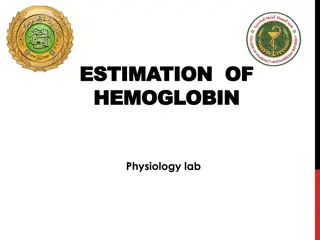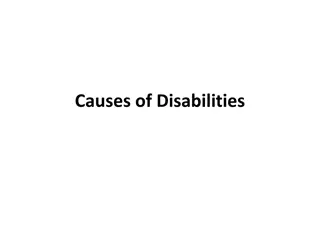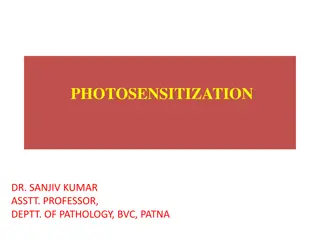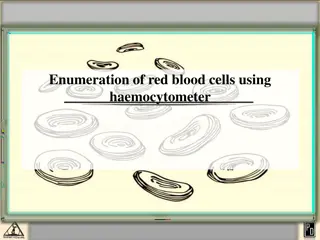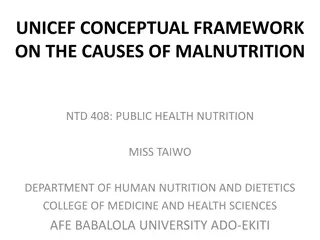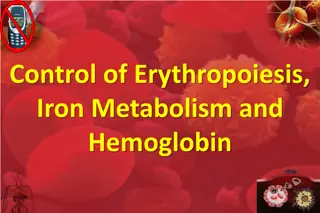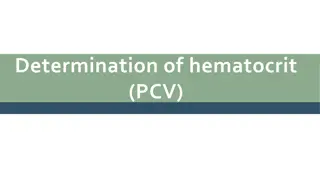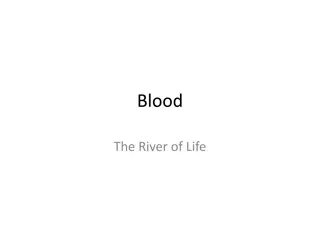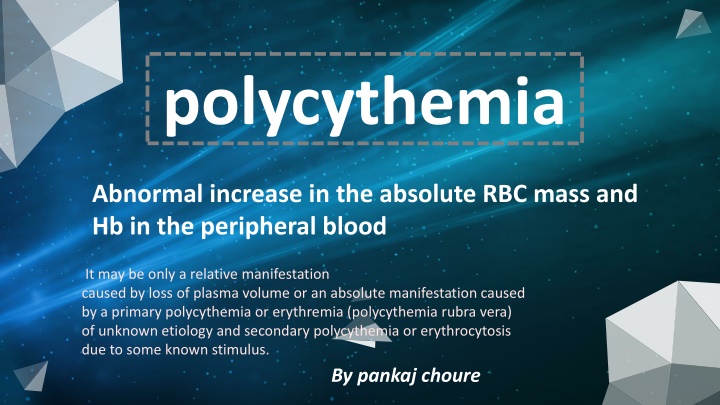
Polycythemia: Types and Causes
Polycythemia is characterized by an abnormal increase in red blood cells. Types include relative, primary (polycythemia vera), and secondary polycythemia. Learn about the causes and distinctions between each type in this comprehensive overview.
Download Presentation

Please find below an Image/Link to download the presentation.
The content on the website is provided AS IS for your information and personal use only. It may not be sold, licensed, or shared on other websites without obtaining consent from the author. If you encounter any issues during the download, it is possible that the publisher has removed the file from their server.
You are allowed to download the files provided on this website for personal or commercial use, subject to the condition that they are used lawfully. All files are the property of their respective owners.
The content on the website is provided AS IS for your information and personal use only. It may not be sold, licensed, or shared on other websites without obtaining consent from the author.
E N D
Presentation Transcript
polycythemia Abnormal increase in the absolute RBC mass and Hb in the peripheral blood It may be only a relative manifestation caused by loss of plasma volume or an absolute manifestation caused by a primary polycythemia or erythremia (polycythemia rubra vera) of unknown etiology and secondary polycythemia or erythrocytosis due to some known stimulus. By pankaj choure
01 Relative polycythemia 02 Primary polycythemia CONTENTS 03 secondary polycythemia 04 Polycythemia vera
01 Relative polycythemia # # apparent increase in the number of circulating RBCs that occurs as a result of the loss of blood plasma with hemoconcentration of cells. Relative polycythemia is seen in cases of excessive loss of body fluids such as chronic vomiting, diarrhea, or loss of electrolytes with accompanying loss of water #This increase in the number of RBCs is only relative to the total blood volume and, therefore, is not a true polycythemia # It is also seen in obese hypertensive men in whom hypertension or its treatment by diuretics is believed to cause volume reduction and Gaisb ck syndrome or
01 Primary polycythemia which includes polycythemia rubra vera and the familial and congenital forms of the condition is characterized by low serum EPO levels and a true idiopathic increase in the number of circulating RBCs and of the Hb level.
01 secondary polycythemia. Common causes of secondary polycythemia Compensatory in response to hypoxia Decreased available oxygen living at high altitudes Chronic obstructive pulmonary disease Cardiovascular disease resulting from arteriovenous malformations Hemoglobin abnormalities with high O2 affinity Exposure to carbon monoxide smoking and vehicle exhaust Renal hypoxia Excessive erythropoietin secretion Paraneoplastic malignant and benign tumors that secrete erythropoietin High serum EPO levels characterize secondary polycythemia. This group includes all those conditions in which the absolute increase in erythrocyte mass is a response to reduced oxygen concentration, increased demand for oxygen, and increased EPO secretion.
01 Polycythemia vera
01 Polycythemia vera a type of blood cancer. . It causes your bone marrow to make too many red blood cells. .These excess cells thicken your blood, slowing its flow, which may cause serious problems, such as blood clots.
01 Polycythemia vera Clinical features. headache, dizziness, weakness, lassitude, tinnitus, visual disturbances, hypertension, and excessive sweating at night. The disease has an estimated prevalence of 22 cases/100,000 population and typically affects adults older than 60 years. It is male predominant and affects men almost twice as much as women. increased red cell mass, HCT, and the commonly associated increase in total blood volume
01 Polycythemia vera Oral manifestations. oral mucous membranes appear deep purplish red. gingivae may be engorged and swollen gingiva and tongue are most prominently affected reduced Hb in amounts exceeding 5 mg/dL.
01 Polycythemia vera diagnosis, Treatment Hemoglobin > 16.5 g/dL in men and > 16.0 g/dL in women, Busulfan aspirin daily to reduce thrombotic events Bone marrow biopsy showing hypercellularity Serum erythropoietin level below the reference range Myelosuppressive therapy


